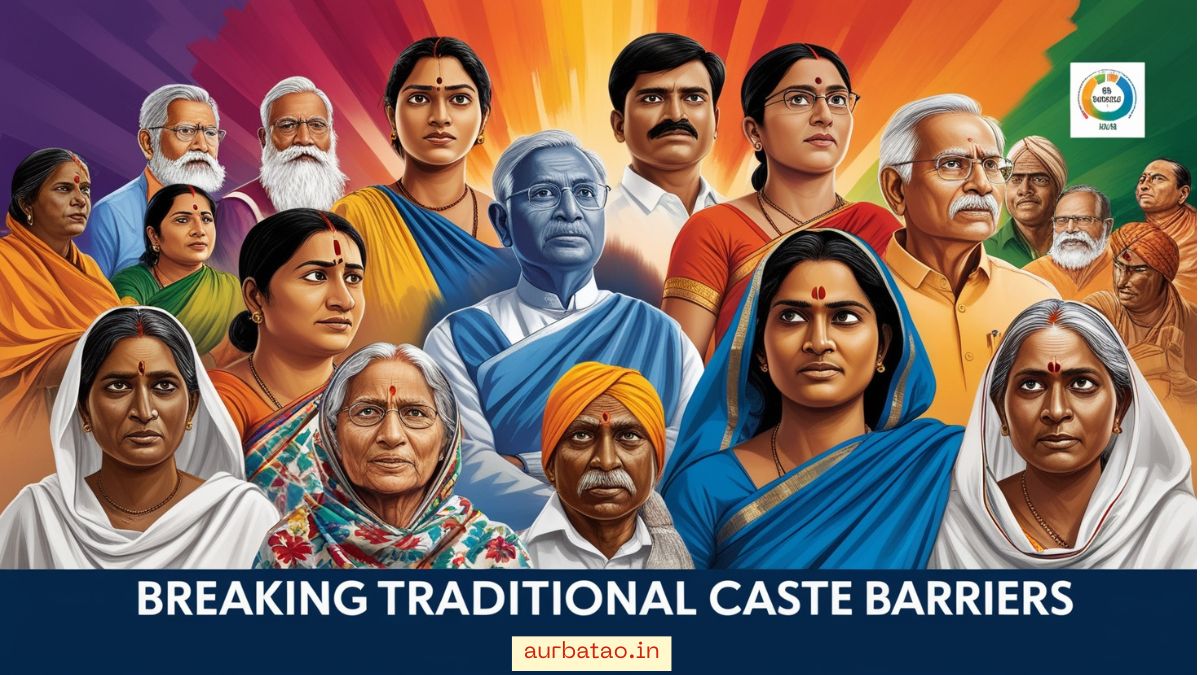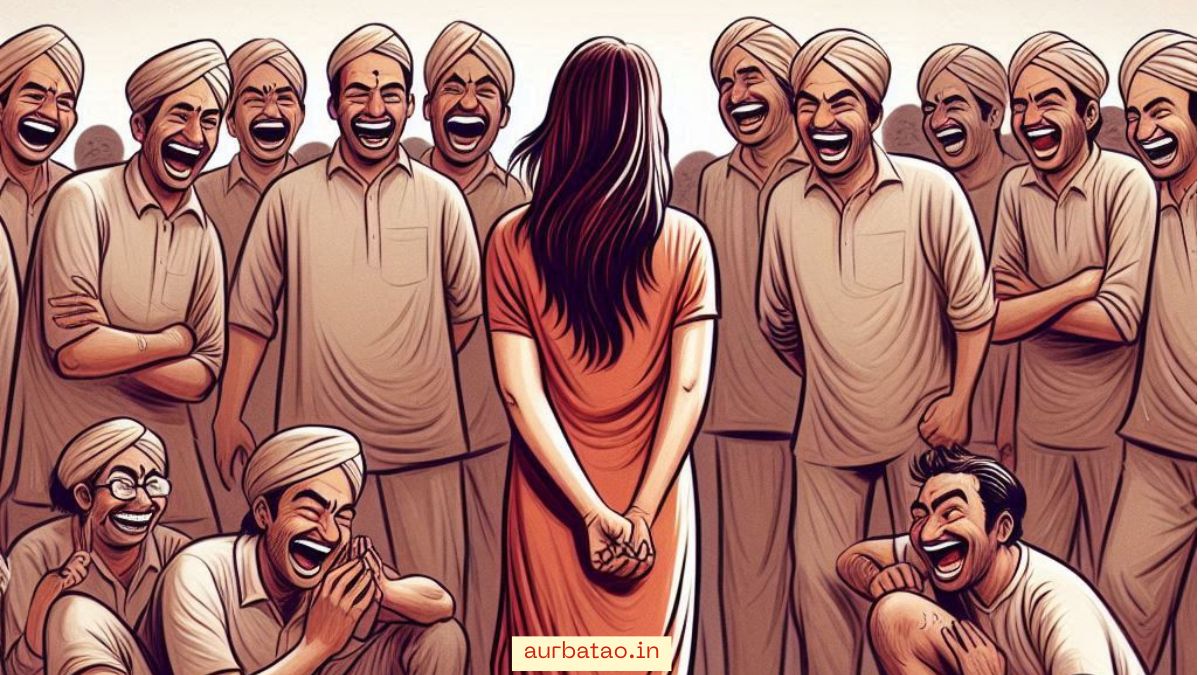In India, the terms Brahmin, Kshatriya, Vaishya, and Shudra have been historically used to classify people based on their roles in society. These terms, originating from the Vedic texts, were meant to represent varnas (categories based on one’s duties and qualities) rather than biological or inherited identities. However, over centuries, these terms have evolved into something far more divisive: caste. The result? A society where individuals are often judged, segregated, and discriminated against based on the very concept that was originally meant to serve a functional purpose in the social fabric.
Today, terms like Brahmin and Kshatriya have become more than just labels for roles within a society; they have been misused to create and perpetuate caste-based divisions that serve no real purpose except to sustain social hierarchies. People often mistakenly assume these labels reflect immutable, birth-based identities, which is far from the original intent. The deeper issue is how these labels have been transformed into social weapons, creating division and fostering inequality.
Understanding the Original Purpose of the Varnas
In ancient times, the Vedic system of varnas was a social order based on an individual’s qualities (gunas) and work (karma) rather than their birth or family lineage. The four varnas—Brahmins, Kshatriyas, Vaishyas, and Shudras—represented distinct social duties:
- Brahmins were tasked with preserving and teaching knowledge, performing rituals, and guiding society in matters of spirituality and ethics.
- Kshatriyas were warriors and rulers, responsible for defending the land and ensuring justice.
- Vaishyas were traders, farmers, and artisans, managing the economy and commerce.
- Shudras were service providers, supporting the other varnas by performing manual and labor-intensive tasks.
The idea was that every individual had a role to play, and this division was intended to ensure harmony and functionality within society. It was not a rigid, hereditary system—people could, and often did, change their roles based on their skills, interests, and abilities.
The Shift to Caste-Based Identity
Over time, what was meant to be a fluid and functional division of labor became more rigid, hereditary, and divisive. Caste became linked to birth rather than individual capability or merit. This transformation turned the varna system into a caste-based hierarchy that entrenched inequality, discrimination, and social stagnation.
In modern India, terms like Brahmin and Kshatriya have become synonymous with caste identity, regardless of one’s personal role or duties in society. People who are born into families with these labels often identify with them and assert these identities in social, economic, and political spheres. For example, individuals with surnames like Sharma, Tiwari, Dwivedi often identify as Brahmins, while those with surnames like Singh, Rajput, Chauhan often identify as Kshatriyas.
However, the truth is that these labels have very little to do with the individual qualities or duties of a person in today’s society. What should have been a tool for social organization has become a tool for social division.
The Harmful Effects of Caste-Based Identity
- Social Discrimination: The most evident consequence of caste-based identity is the social discrimination that individuals face. People are often judged based on their last names or the caste they belong to, leading to discrimination in education, employment, and marriage. This fosters prejudice and hatred, undermining the dignity of individuals.
- Perpetuation of Inequality: Caste-based identities have led to a rigid social structure where people are often confined to predetermined roles. Even today, people born into lower-caste families (often categorized as Dalits or Untouchables) face immense social, economic, and political disadvantages. Meanwhile, those born into upper-caste families continue to enjoy social privileges, perpetuating cycles of inequality and oppression.
- Interference in Meritocracy: Caste-based divisions create a barrier to meritocracy, where people are often hired, promoted, or given opportunities not based on their skills or abilities, but based on their caste affiliation. This denies countless talented individuals the opportunity to succeed and contribute to society.
- Impediment to National Unity: India, with its incredible diversity, needs unity and inclusivity to thrive as a nation. Casteism weakens the collective strength of the nation by pitting people against each other based on arbitrary social divisions. It fosters a “us vs. them” mentality, undermining social harmony and national progress.
A Call to Move Beyond Caste
It’s time to challenge the outdated, regressive notions that link identity to birth, and instead, embrace a vision of society based on equality, merit, and individual capabilities. The idea of caste-based identity is not only divisive but also deeply at odds with the core values of modern Indian society and the principles of democracy, justice, and human dignity.
1. Reclaim the True Spirit of Vedic Knowledge: The Vedas were never meant to create barriers. They were meant to guide society toward wisdom, justice, and righteousness. Today, we need to return to the true spirit of the varna system—which was flexible, inclusive, and merit-based. Society should recognize an individual’s worth based on their actions, knowledge, and contributions, not on the family they are born into.
2. Reject Caste as a Social Marker: We must abandon caste-based surnames and labels as identifiers of one’s worth. It is time to stop assuming someone’s potential based on their caste. No one should be discriminated against, nor should anyone be privileged simply because of their birth.
3. Promote Equality and Education: The key to breaking free from the shackles of caste lies in education and awareness. People must be educated about the origins and the misuse of caste-based identities, and the harmful effects they have on individuals and society at large.
4. Celebrate Individual Merit: Instead of looking at the caste label, we should celebrate individual accomplishments, talent, and contributions to society. Recognizing and rewarding merit will create a society based on equality of opportunity for all, irrespective of birth.
5. Legal and Social Reform: While laws such as the Scheduled Caste and Scheduled Tribe (Prevention of Atrocities) Act have been enacted to protect marginalized communities, there is still much work to be done. We must ensure that caste-based discrimination is actively challenged at both the legal and social levels.
Conclusion
The fight against casteism is a fight for equality, justice, and human dignity. As long as caste-based identities continue to define people’s worth, India will never truly be a land of opportunity and unity. The path forward requires each of us to move beyond caste, and to judge people not by their surnames or family history, but by their character, talent, and contributions. Let us collectively reject the caste system, not just in law, but in our hearts, minds, and everyday interactions.
Only when we free ourselves from the mental shackles of caste can we truly build a just, equitable, and united society.


